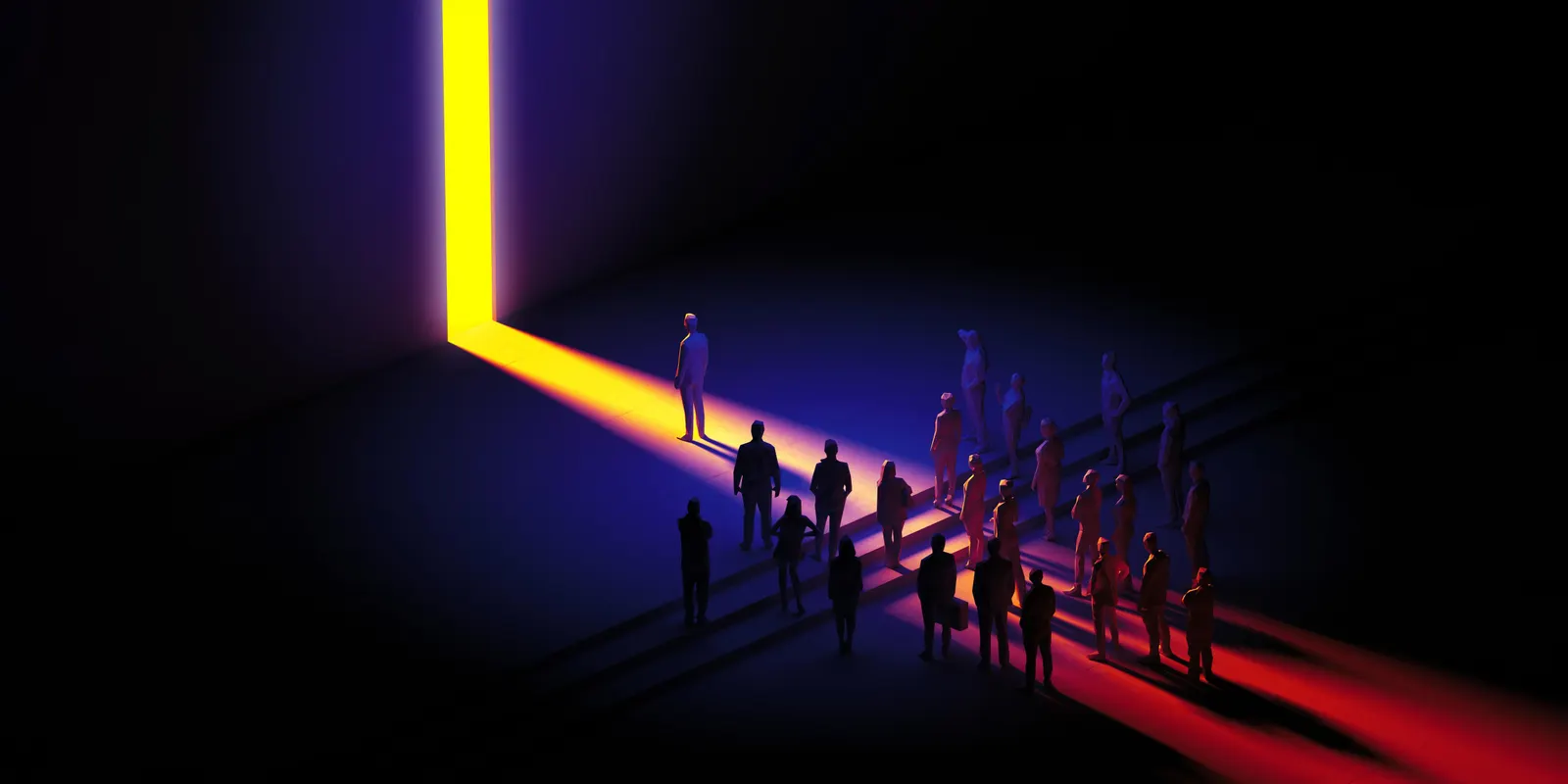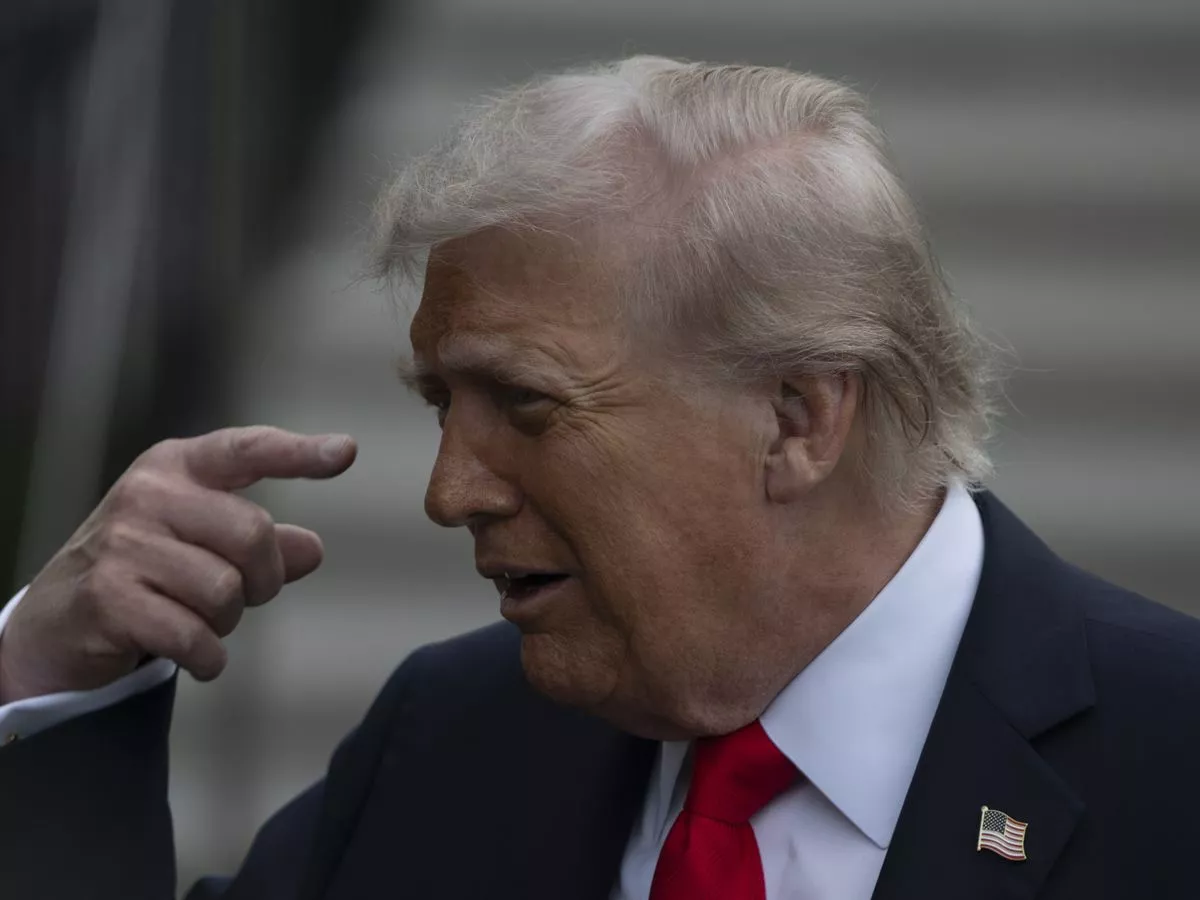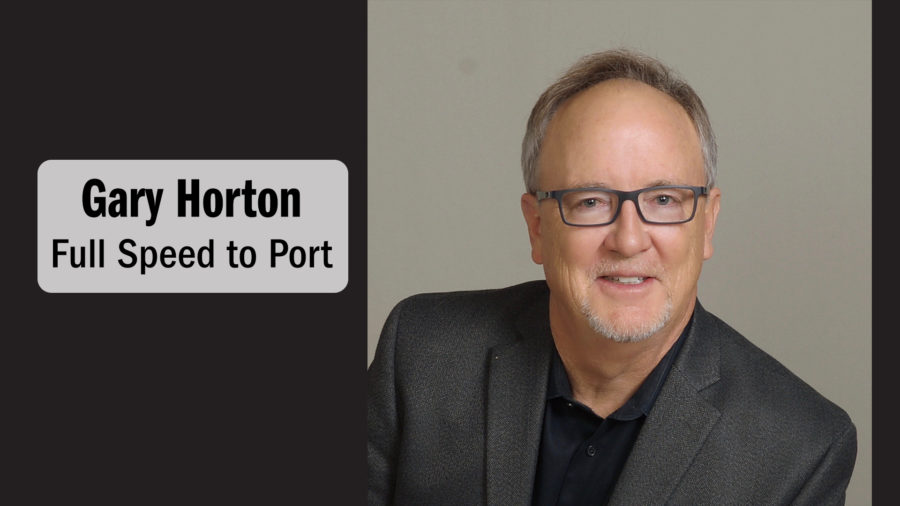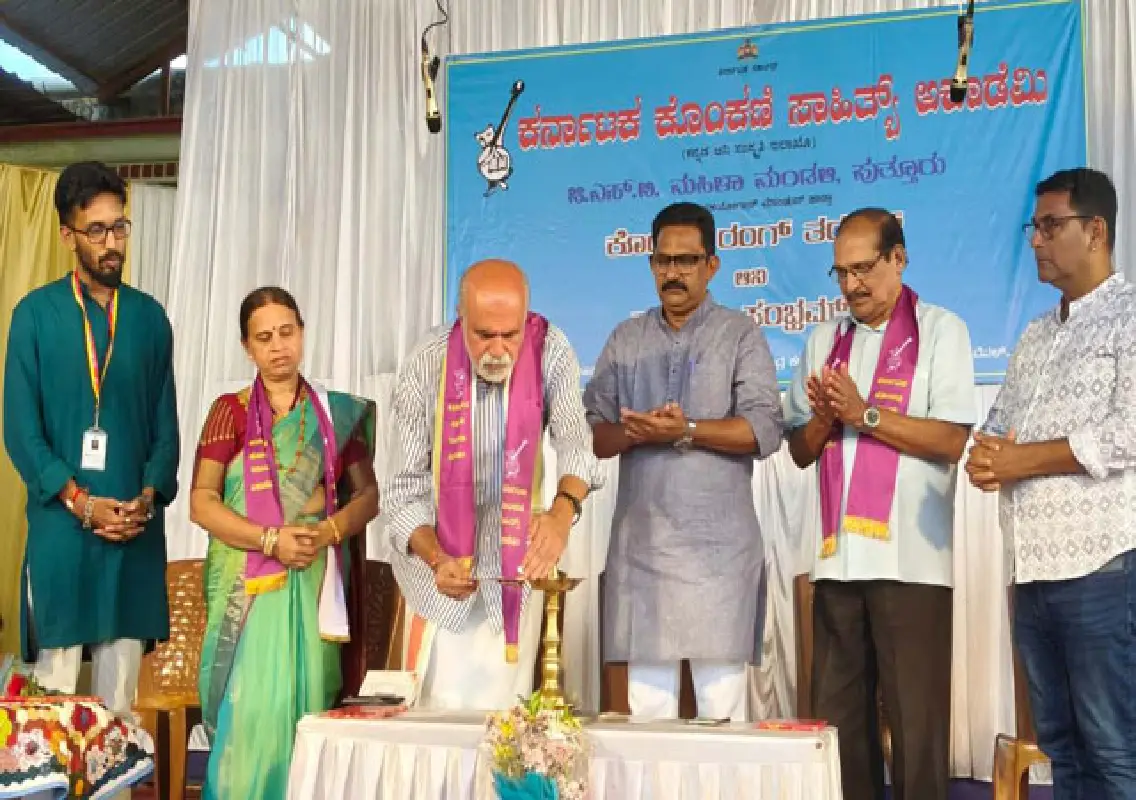By Contributor,Keith Ferrazzi
Copyright forbes

New age concept. 3D render
When I look at the leaders best equipped to guide companies through the turbulence of AI transformation, one question keeps surfacing: Could tomorrow’s most successful CEOs come from today’s CTO and CIO ranks?
Certainly not every future CEO will come directly from the CTO or CIO’s chair. But every successful CEO will need the qualities of a great technical leader: deep technology vision, comfort with agile ways of working, and the ability to knit together diverse talent into mission-driven teams. CEOs with these qualities are distinguishing themselves as AI takes hold.
AI-literate CTOs and CIOs are already living in the future, complementing the vision of today’s CEOs by leading across silos, rewiring teams around missions, and moving faster than traditional structures allow. Lenovo’s innovation story under Chief Technology Officer Tolga Kurtoglu makes that case better than any theory could.
From Devices to AI Experiences
Lenovo, now in its fifth era of reinvention under CEO Yuanqing Yang, offers a vivid example of how leadership can and must continuously evolve. Founded in Beijing 41 years ago, the company grew from China’s top PC maker to a global giant by acquiring IBM’s PC division, Motorola, and IBM’s x86 server business. Those pivotal moves cemented Lenovo’s place as the world’s largest PC manufacturer.
MORE FOR YOU
With Tolga and his team, Yang is now catalyzing a more profound transformation: from a device-centric company to a leader in hybrid AI. Lenovo’s vision isn’t about building the best laptop or phone. It’s about creating an AI fabric, a seamless layer of intelligence that spans multiple devices, models, and agents. Whether you’re a consumer with a phone and laptop or a bank deploying distributed AI workloads, Lenovo wants your experience to feel unified, open, and ambient.
In a market dominated by closed ecosystems, Lenovo is betting on openness. Its advantage lies not just in hardware, but in building the “connective tissue”, a model router and orchestration layer that makes AI experiences fluid across platforms.
Leading Without Directing
Here’s where the leadership lessons emerge. Even as the company’s CTO, Tolga knows his smartest engineers will always outpace him technically. His role isn’t to out-code or out-design them. It’s to Orchestrate: to define the mission, shape the operating model, and create the conditions for brilliance to emerge across silos.
That’s why Tolga isn’t running Lenovo’s AI transformation as a traditional R&D group or as a walled-off innovation lab. Instead, he has built mission-driven, cross-functional pods that cut across hardware, software, user experience, and AI science. These pods haven’t been consolidated or siloed to report into a new empire; they remain embedded in their original divisions and are stitched together by a unifying mission: one AI, one seamless user experience, across every device, model and agent.
It’s a design that looks more like how professional services firms or Hollywood film productions organize as temporary, project-based networks bound by mission and outcome, not org charts. It’s also a blueprint, I believe, for how companies and their leadership must increasingly operate in the AI era.
In my recent work with Fortune 500 companies, I am seeing a pattern emerging: the real change agents of today are often engineers who apply an engineering mindset to how the company works, not just the product. That’s the shift. Re-engineer the team and the underlying operating model, not just the tech.
Five Lessons for Future C-Suite Leaders
From Lenovo’s journey, I see five leadership insights that extend well beyond technology functions:
Tech-First in Every Function
Strategy today is activated through technology. Supporting the enterprise’s core decision-making teams means giving them the AI and digital capabilities they need to make better, faster choices.
Start Where Value Is Clear
Lenovo’s AI transformation didn’t go enterprise-wide on day one. Tolga started with targeted, high-impact use cases where technology could deliver quick wins. By showing measurable ROI and building trust across teams, he earned the right to scale those successes across the enterprise.
Lead with Agility
Replace big-bang launches with iterative, sprint-based progress. Agile isn’t just a software method, it’s an operating system for the entire enterprise.
Organize for Mission, Not Org Charts
Real change sticks when teams are formed around outcomes, not reporting lines. Teamship means blowing up hierarchy in favor of shared accountability.
Change the Talent Mix and Redefine the Team
The workforce that got you here won’t get you there. Tolga blends institutional wisdom with fresh, AI-native thinking. But it’s not just about skill, it’s also about how we define the team itself. In a teamship culture, your team isn’t just who reports to you. It includes partners, adjacent functions, even customers, all bound by a shared mission and a social contract built on trust, challenge, and collaboration. That mindset shift is what unlocks transformation at scale.
This is co-elevation in action. Tolga doesn’t lead by command-and-control. He leads by unleashing. He aligns people around a shared mission, builds trust fast, and removes friction so talent can move.
Why This Matters for Every CEO
Most CEOs today rose through traditional paths, like finance, operations, sales. They are fluent in P&Ls but often less so in platforms, ecosystems, and AI. Meanwhile, technology leaders like Tolga are being forced to master agility, customer-centricity, and talent reinvention in ways like never before.
Strategy is now tech-activated. Execution is agile. And leadership isn’t about control. It’s about co-elevation, teamship, and speed. That’s the opportunity. Tomorrow’s CEOs don’t have to come from the CTO chair, but they will need to lead like today’s best CTOs: fluent in tech, relentless about mission, and capable of architecting peer-driven, agile networks.
For decades, CEOs have been measured by business growth and shareholder returns. And that will never change. What’s changing is what it takes to deliver those outcomes. Optimizing operations and balancing the books now requires a new skillset. One that today’s CIOs and CTOs are actively building as they deploy AI, redesign workflows, and lead cultural transformation. Tomorrow’s most effective CEOs will match financial discipline with a technologist’s curiosity and an orchestrator’s ability to mobilize people for breakthrough, cross-silo change.
Editorial StandardsReprints & Permissions



